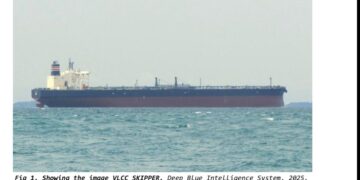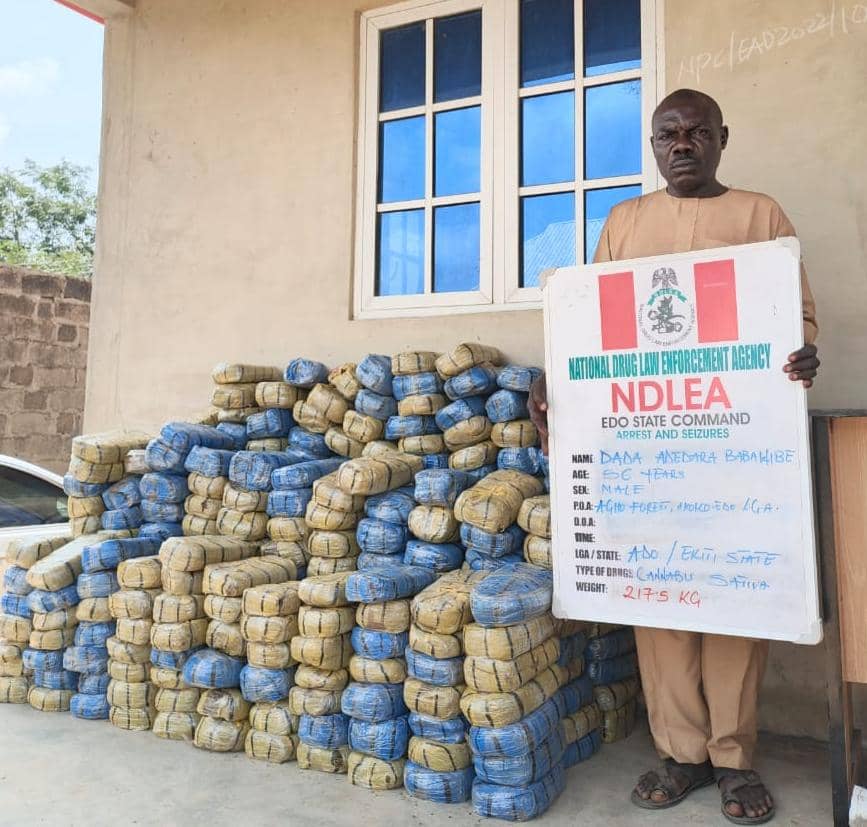The Government of Canada has
announced a new investment of CAD 18.5 million (about USD 14 million) for a
project to increase transport efficiency, capacity, and security by reducing
waiting times and bottlenecks for container movements at the Port of Montréal.
announced a new investment of CAD 18.5 million (about USD 14 million) for a
project to increase transport efficiency, capacity, and security by reducing
waiting times and bottlenecks for container movements at the Port of Montréal.
“Our government is investing in
the Port of Montréal’s physical and digital infrastructure to stimulate
economic growth … and ensure that Canada’s transportation networks remain
competitive and efficient,” Marc Garneau, Minister of Transport, commented.
the Port of Montréal’s physical and digital infrastructure to stimulate
economic growth … and ensure that Canada’s transportation networks remain
competitive and efficient,” Marc Garneau, Minister of Transport, commented.
“The investment at the port
will also help reduce congestion and truck traffic in and around its various
terminals,” he added.
will also help reduce congestion and truck traffic in and around its various
terminals,” he added.
The project consists of an IT
system for truck logistics that allows drivers to register for access to the
port’s terminals, thus increasing the flow of traffic; building a railway
bridge outside the truck entrance to improve truck traffic at the port;
deploying a series of electronic signs on the port lands that will provide
real-time information for truck drivers; and developing an intelligent
communications network to reduce truck traffic in the vicinity of the port.
system for truck logistics that allows drivers to register for access to the
port’s terminals, thus increasing the flow of traffic; building a railway
bridge outside the truck entrance to improve truck traffic at the port;
deploying a series of electronic signs on the port lands that will provide
real-time information for truck drivers; and developing an intelligent
communications network to reduce truck traffic in the vicinity of the port.
Last year, the Port of Montreal
also joined the TradeLens solution, continuing its development strategy geared
to innovation and the use of advanced technology. Jointly developed by Maersk
and IBM, TradeLens aims to bring the shipping industry into the digital age
through a secure interface exclusively dedicated to freight transport.
also joined the TradeLens solution, continuing its development strategy geared
to innovation and the use of advanced technology. Jointly developed by Maersk
and IBM, TradeLens aims to bring the shipping industry into the digital age
through a secure interface exclusively dedicated to freight transport.
As explained, the government is
supporting infrastructure projects that contribute most to Canada’s success in
international trade. Trade diversification is seen as a key component of the
National Trade Corridors Fund, through projects that improve the performance of
the transportation system to increase the value and volume of goods exported
from Canada to overseas markets; and generate new overseas trade as a result of
the investment.
supporting infrastructure projects that contribute most to Canada’s success in
international trade. Trade diversification is seen as a key component of the
National Trade Corridors Fund, through projects that improve the performance of
the transportation system to increase the value and volume of goods exported
from Canada to overseas markets; and generate new overseas trade as a result of
the investment.
Minister Garneau also announced
CAD 600,000 in funding for the University of Montreal to assess the impacts of
climate change on the Port of Montreal’s infrastructure and determine its
resilience to the effects of climate change.
CAD 600,000 in funding for the University of Montreal to assess the impacts of
climate change on the Port of Montreal’s infrastructure and determine its
resilience to the effects of climate change.
Operated by the Montreal Port
Authority (MPA), the Port of Montreal is the second-largest port in Canada and
a diversified transshipment center that handles all types of goods —
containerized and non-containerized cargo, liquid bulk and dry bulk. The MPA
also operates a cruise terminal and a port center.
Authority (MPA), the Port of Montreal is the second-largest port in Canada and
a diversified transshipment center that handles all types of goods —
containerized and non-containerized cargo, liquid bulk and dry bulk. The MPA
also operates a cruise terminal and a port center.
World Maritime News.






























































